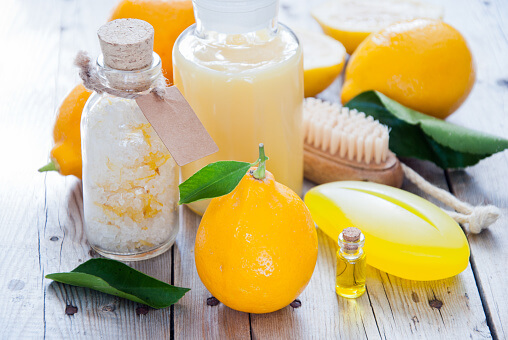By Rieva Lesonsky
One industry that seems to have a fast track from startup to being bought for millions by large corporate conglomerates is the beauty biz. And right now, that business is on fire.
While retail in general is in the doldrums, beauty sales are “skyrocketing” according to WWD. Jane Hali, the CEO of retail investment research firm Jane Hali & Associates, told WWD that beauty products are selling these days because of “differentiation. Beauty offers uniqueness and newness,” she says, while apparel is “a sea of sameness.”
Millennials are such big consumers of beauty products that by their sheer numbers they create beauty trends—and fads. Right now, says millennial authority Ypulse, these young consumers are obsessed with natural ingredients, which led to natural beauty products growing 7% last year, compared to 2% growth in the overall beauty market.
Focusing on one aspect of the beauty market—nails—Mintel says the nail treatment category is attracting a lot of consumer interest and brands are “bringing new innovations to this sector, replicating claims and formats seen in facial skincare.” This is driven, says Mintel, by consumers wanting to, “care for and treat their skin, not simply disguise imperfections.”
American consumers, in particular, are concerned about chemicals in products, which has led to brands adding ingredients you’d be comfortable eating in a healthy salad, like kale, turmeric, carrots, milk and almonds.
If this industry sector interests you, Mintel forecasts, “Looking to the future, there are opportunities for nail polish brands to further promote their superfood ingredients by texture matching, or creating DIY products for users to mix at home.” Another area of opportunity, it says, is creating products for aging nails—“hydrating, strengthening and smoothing products, designed specifically for older consumers.”
A key component to success in the beauty industry: social media, especially YouTube. That’s how beauty startups initially get the word out.







